Sunderbans And The World's Largest Forests: Top Biodiverse Forests You Should Know
Forests are essential for life on Earth, offering oxygen, climate regulation, and biodiversity. The Sunderbans, along with other vast forests, play a crucial role in supporting unique ecosystems vital for the survival of countless species.

Forests play a crucial role in sustaining life on Earth, providing oxygen, regulating climate, and supporting biodiversity. Some forests are not only vast in size but also home to unique ecosystems that are vital for the survival of countless species. Among these, the Sunderbans stands out as one of the most renowned and ecologically significant forests in the world. This article explores the Sunderbans and highlights some of the largest forests globally, showcasing their importance and contribution to our planet.
The Sunderbans: A Jewel of Biodiversity
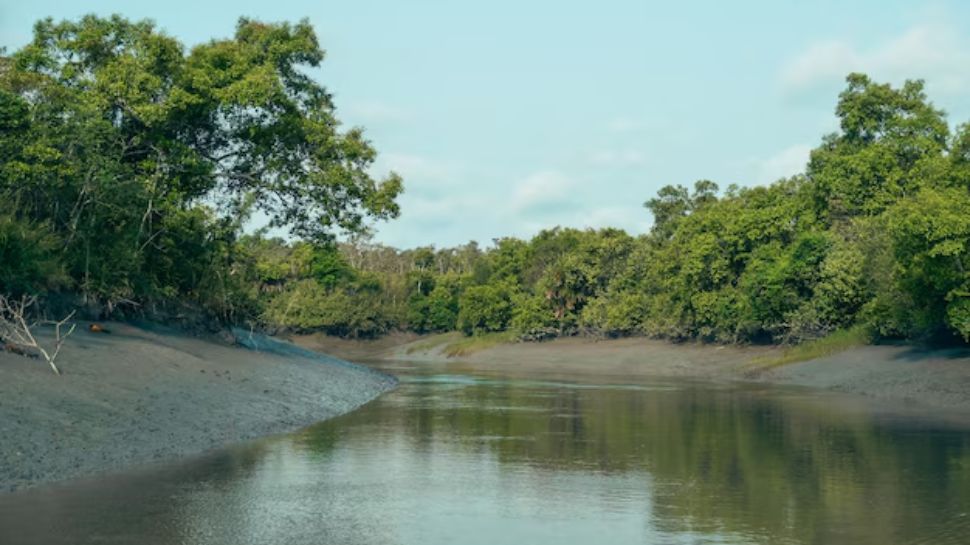)
Located in the delta region of the Ganges, Brahmaputra, and Meghna rivers, the Sunderbans is the largest mangrove forest in the world. It spans across the southern part of Bangladesh and the eastern part of India, covering approximately 10,000 square miles. The forest gets its name from the "sundari" tree, a species of mangrove that thrives in the area.
The Sunderbans is a UNESCO World Heritage Site, known for its extraordinary biodiversity. It is home to a variety of wildlife, including the Bengal tiger, which is one of the most famous and endangered species in the region. In addition to tigers, the Sunderbans supports numerous species of birds, fish, and reptiles. The forest’s unique ecosystem, consisting of tidal waterways, mudflats, and swamps, provides a vital habitat for marine life and also acts as a buffer against natural disasters like cyclones and storm surges.
Apart from its ecological significance, the Sunderbans plays an important role in the local economy. The region’s resources, such as honey, fish, and timber, provide livelihoods for many indigenous communities. However, the forest is facing threats from climate change, rising sea levels, and human activities, making conservation efforts increasingly critical.
The Amazon Rainforest
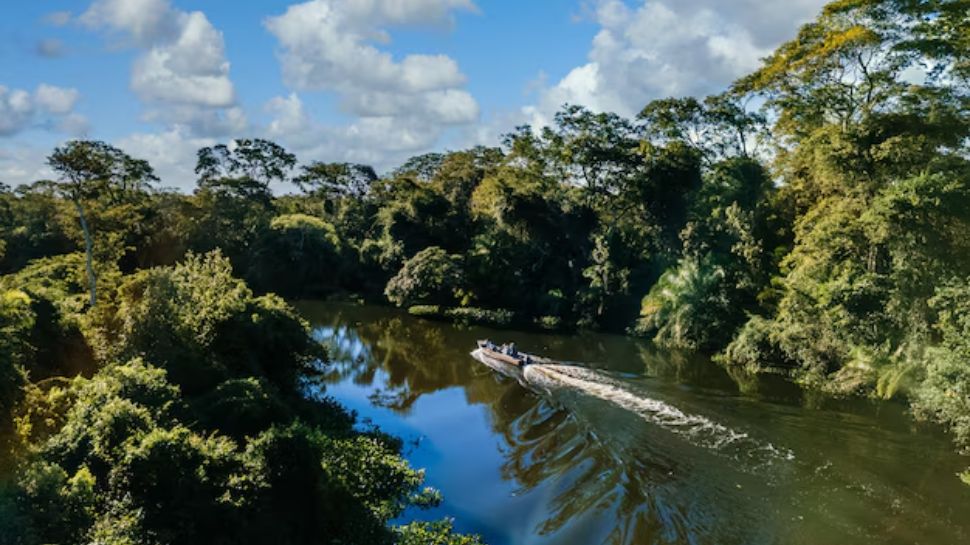)
The Amazon Rainforest, often referred to as the "lungs of the Earth," is the largest tropical rainforest in the world. Spanning over 5.5 million square kilometers (2.1 million square miles), it is located primarily in Brazil, with portions extending into Peru, Colombia, Venezuela, Ecuador, Bolivia, Guyana, Suriname, and French Guiana.
This incredible ecosystem is home to an estimated 390 billion trees and houses around 10% of the known species on Earth. The Amazon is critical in regulating the planet's climate by absorbing vast amounts of carbon dioxide. However, the forest is increasingly under threat due to deforestation, mining, and agriculture. Efforts to preserve the Amazon are essential to combatting climate change and preserving biodiversity.
The Congo Rainforest
)
The Congo Rainforest is the second-largest tropical rainforest in the world, covering about 1.8 million square kilometers (700,000 square miles) across Central Africa. It spans six countries: the Democratic Republic of the Congo, Republic of the Congo, Gabon, Cameroon, Central African Republic, and Equatorial Guinea.
The Congo Rainforest is home to many unique species, including the critically endangered western lowland gorilla and the forest elephant. The forest also plays an important role in carbon storage and maintaining global climate stability. However, it faces pressures from logging, mining, and agricultural expansion, which threaten both the environment and the indigenous communities that rely on it for sustenance.
Taiga (Boreal Forest)
)
The Taiga, also known as the boreal forest, is the largest land biome in the world, stretching across much of northern Canada, Alaska, Scandinavia, and Russia. This forest spans approximately 17 million square kilometers (6.6 million square miles) and is dominated by coniferous trees such as spruce, fir, and pine.
The Taiga plays a vital role in regulating the Earth’s climate and carbon cycle. It acts as a massive carbon sink, absorbing more carbon dioxide than it emits. The boreal forest is home to species like the lynx, wolf, moose, and migratory birds, but it is also vulnerable to climate change. Rising temperatures and increased human activity are putting the boreal forest at risk, potentially leading to the release of vast amounts of stored carbon.
Valdivian Temperate Rainforest
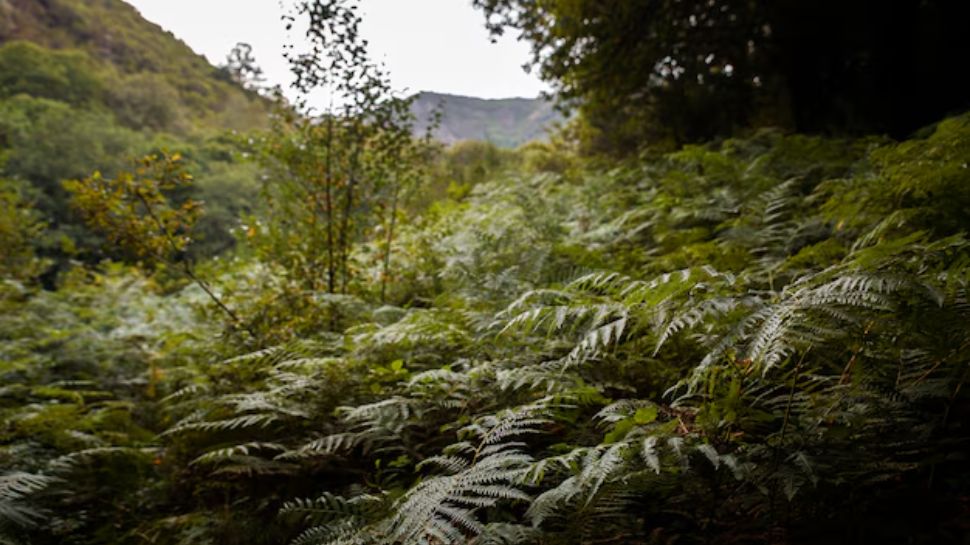)
Located in southern Chile and Argentina, the Valdivian Temperate Rainforest is one of the largest temperate rainforests in the world. It spans roughly 248,000 square kilometers (95,000 square miles) and is known for its lush, green environment and unique plant and animal species.
This forest is home to a variety of endemic species, including the endangered southern river otter and the famous Magellanic woodpecker. The Valdivian Rainforest is also a crucial carbon sink, contributing to global climate regulation. However, it faces threats from logging and agricultural expansion, which have led to habitat loss and species endangerment.
Daintree Rainforest
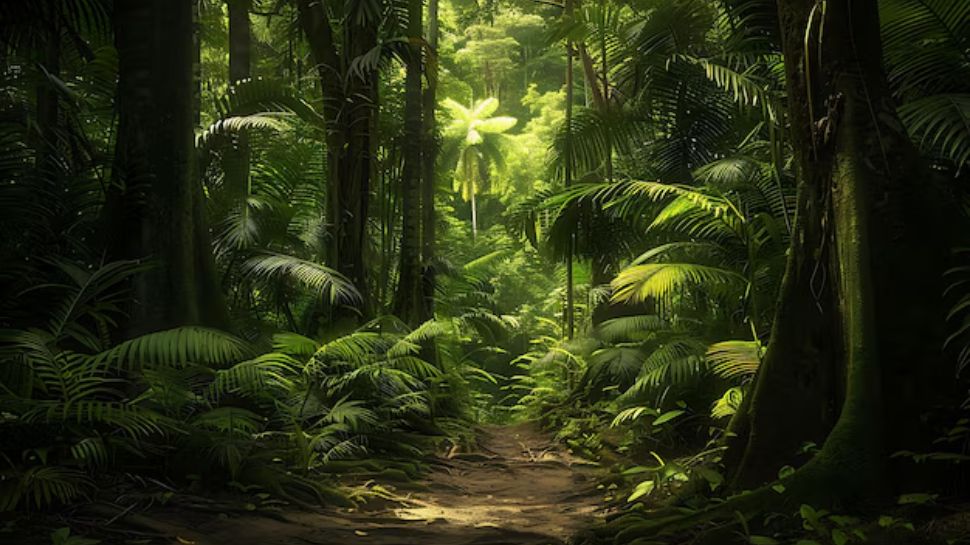)
Located in Queensland, Australia, the Daintree Rainforest is one of the oldest tropical rainforests on Earth. Covering about 1,200 square kilometers (460 square miles), it is part of the Wet Tropics World Heritage Area.
The Daintree is incredibly biodiverse, with a high number of endemic plant and animal species. It is home to unique species such as the cassowary, a large flightless bird, and the tree kangaroo. The forest also plays an important role in regulating the local climate. Conservation efforts are crucial to protect this ancient ecosystem from threats such as deforestation, invasive species, and climate change.
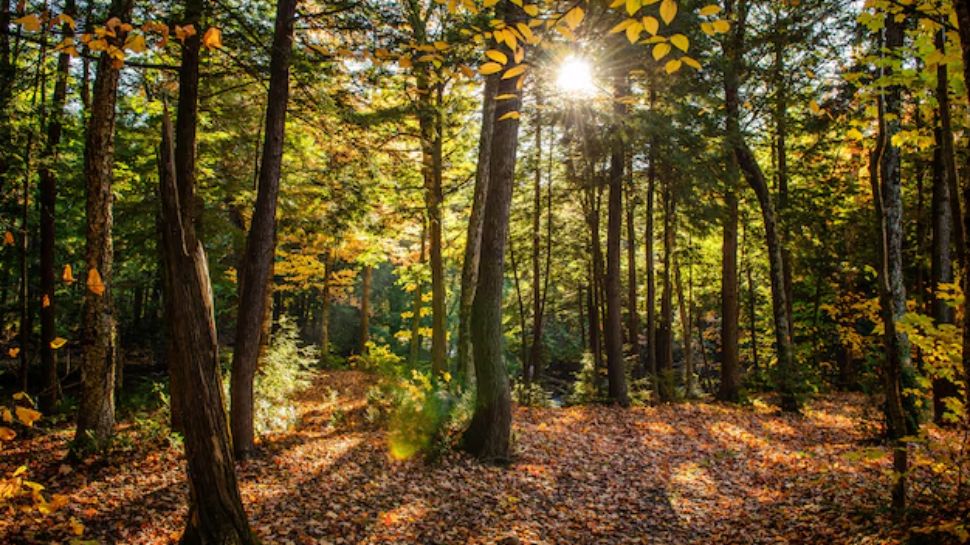)
Forests are vital to the health of our planet, providing essential ecosystem services, regulating the climate, and supporting rich biodiversity. The Sunderbans, along with other large forests like the Amazon, Congo, and Taiga, are critical to the global environment. However, these forests are increasingly under threat from human activities and climate change. Protecting and preserving these vast ecosystems is essential for the future of our planet and all the species that inhabit it. Through sustainable practices and effective conservation efforts, we can ensure that these incredible forests continue to thrive for generations to come.
Trending Photos



)
)
)
)
)
